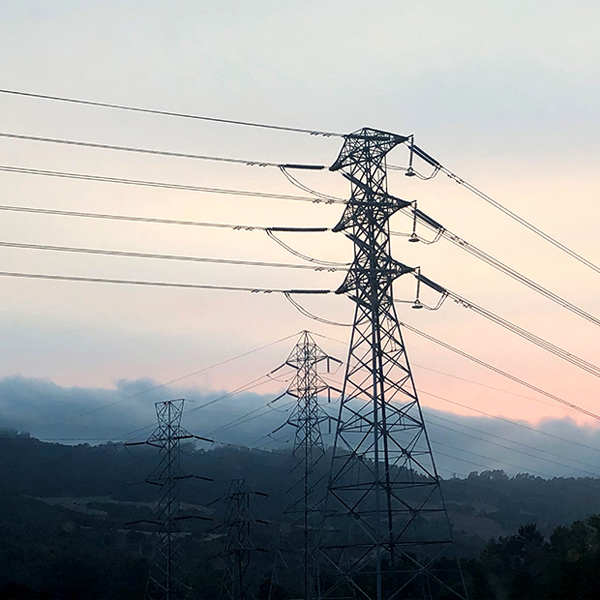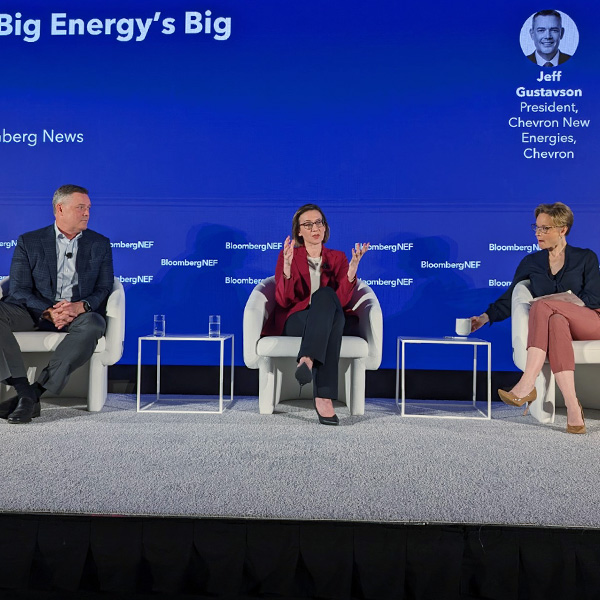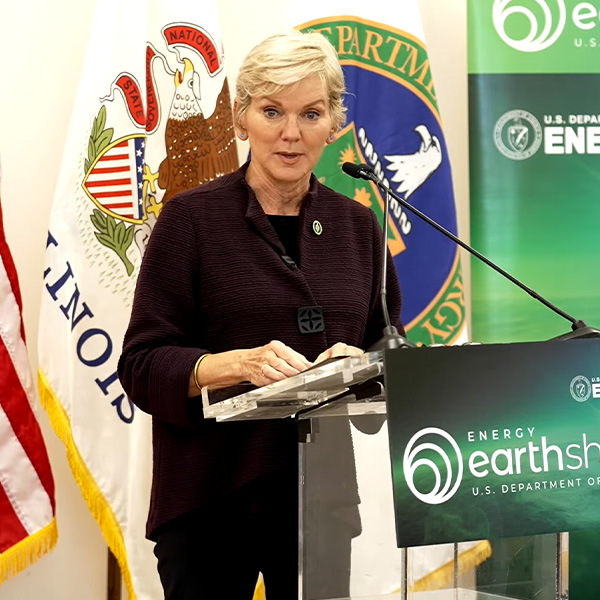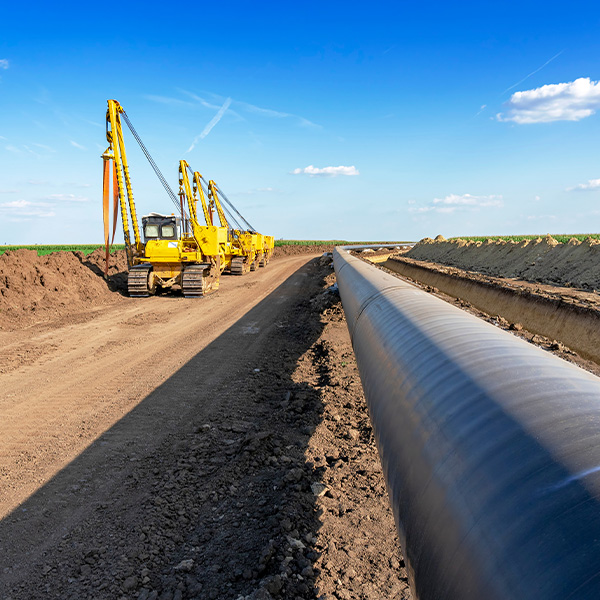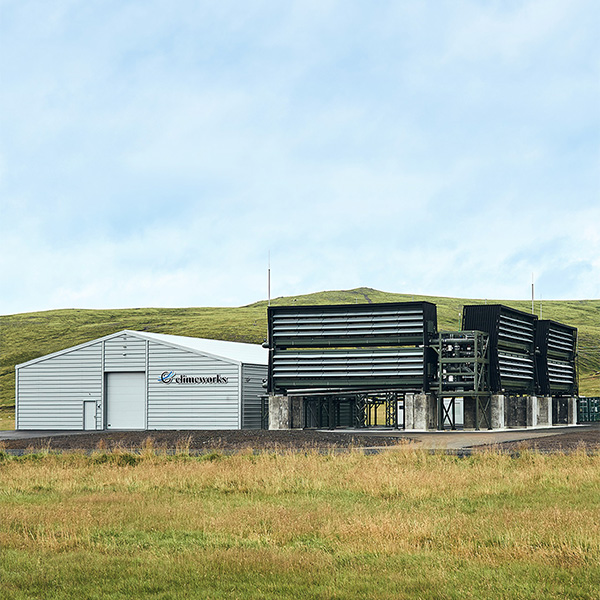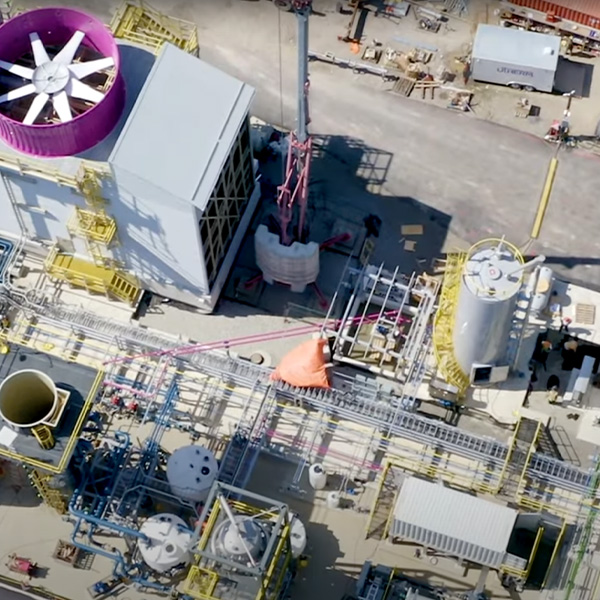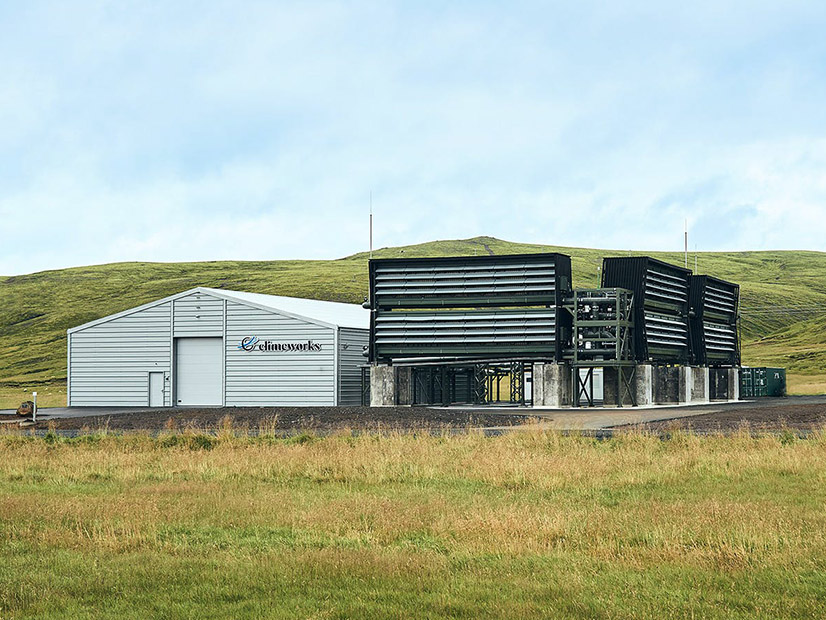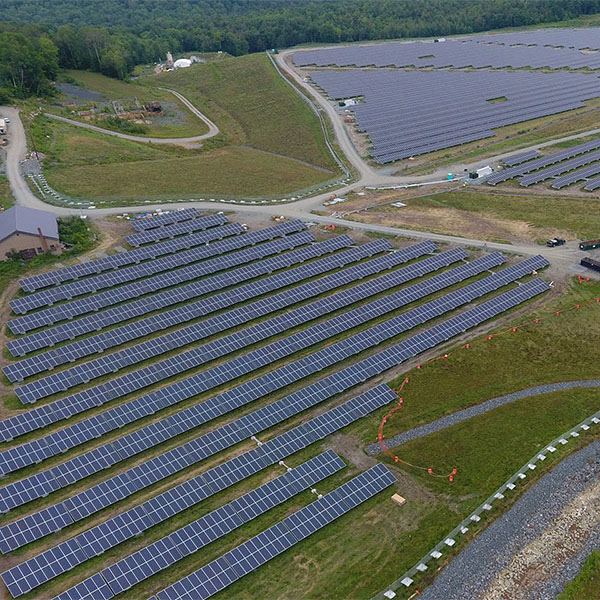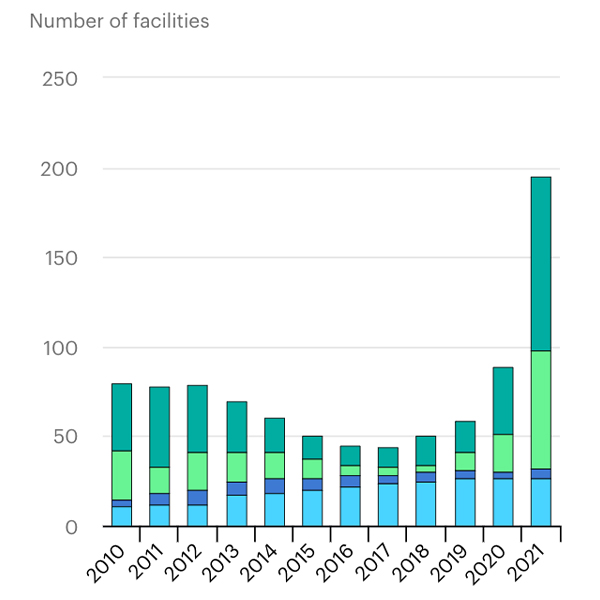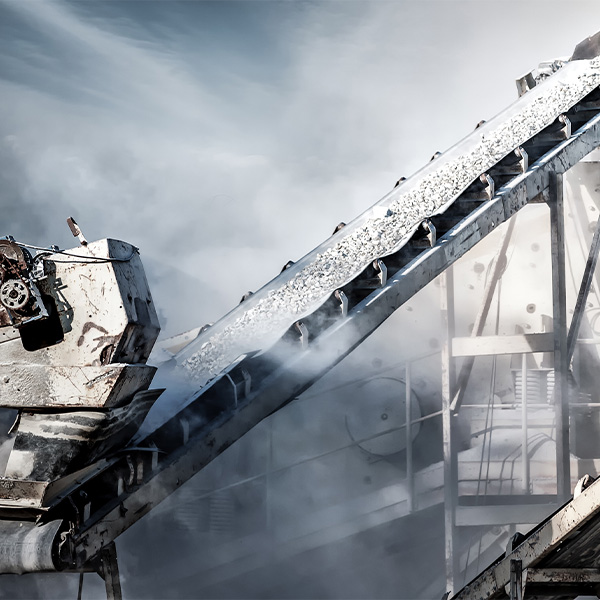direct air capture (DAC)
The CEC on approved revised guidelines for a reliability program after the state’s utility regulator said the effort could undermine certain benefits of a separate reliability program run by Pacific Gas and Electric.
A series of presentations and panels at the BloombergNEF Summit provided a measure of the industry’s success in crafting a narrative based on a “balanced” and well-paced transition that includes cutting egregious emissions and scaling carbon capture and storage technologies.
DOE is focused on reshaping the U.S. energy landscape, but officials may have only another year to build the momentum needed to make any potential Republican rollbacks unpopular and unlikely.
DOE grants will be used to help developers make up the difference in cost between building CO2 pipelines for current demand versus projected future demand.
With plans for two more hubs and ongoing R&D, DOE is building out a U.S. ecosystem for the development and commercialization of carbon management technologies.
The two projects are the first of four hubs to get a slice of the $3.5 billion the Infrastructure bill provided to develop the technology at commercial scale.
The global pipeline for carbon capture projects has jumped by nearly half since 2021, but hitting climate targets will require far greater growth, backers say.
The Department of Energy plans to use $500 million from the Infrastructure Investment and Jobs Act to put clean energy on former mine lands across the country.
Meeting the Paris Agreement goals cannot happen without carbon capture, Energy Secretary Jennifer Granholm told the Global CCS Institute Forum.
Direct pay incentives and project developers with a clear vision and just one job to do could fix the CCS industry's cash flow problem, stakeholders heard.
Want more? Advanced Search
